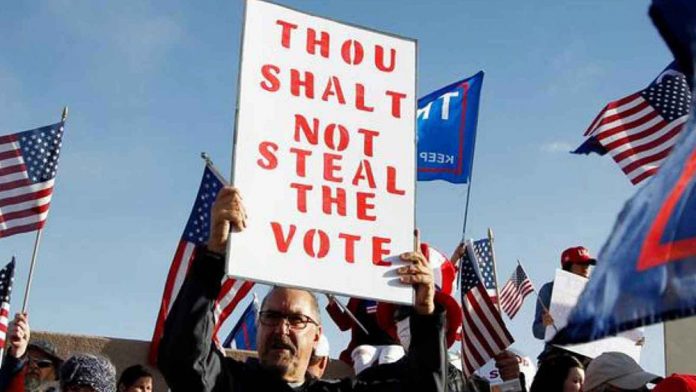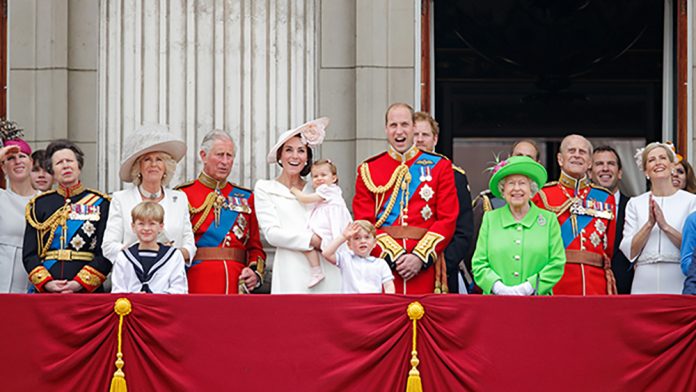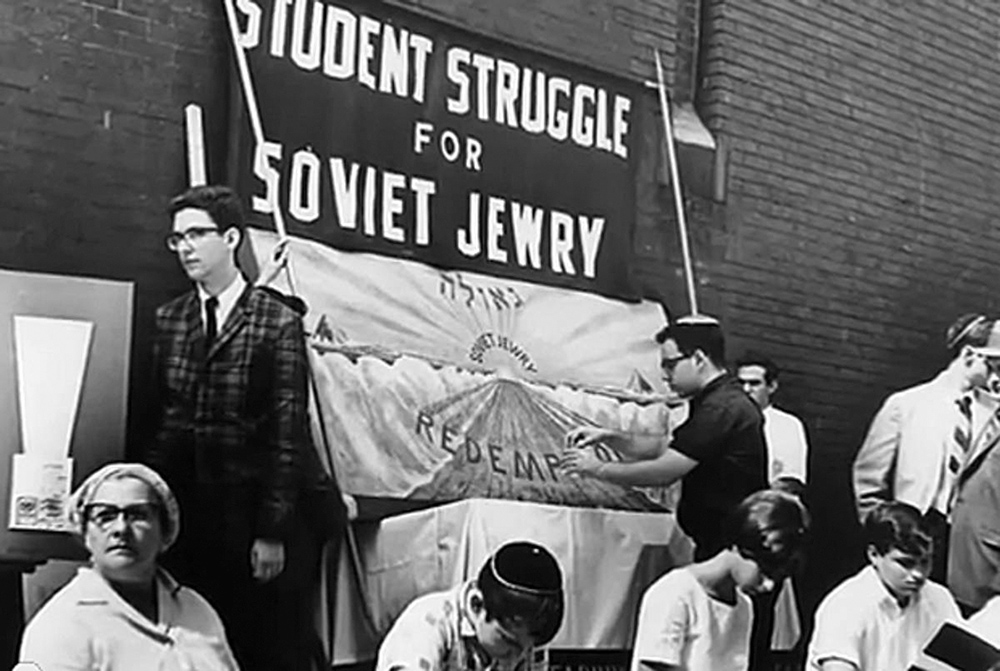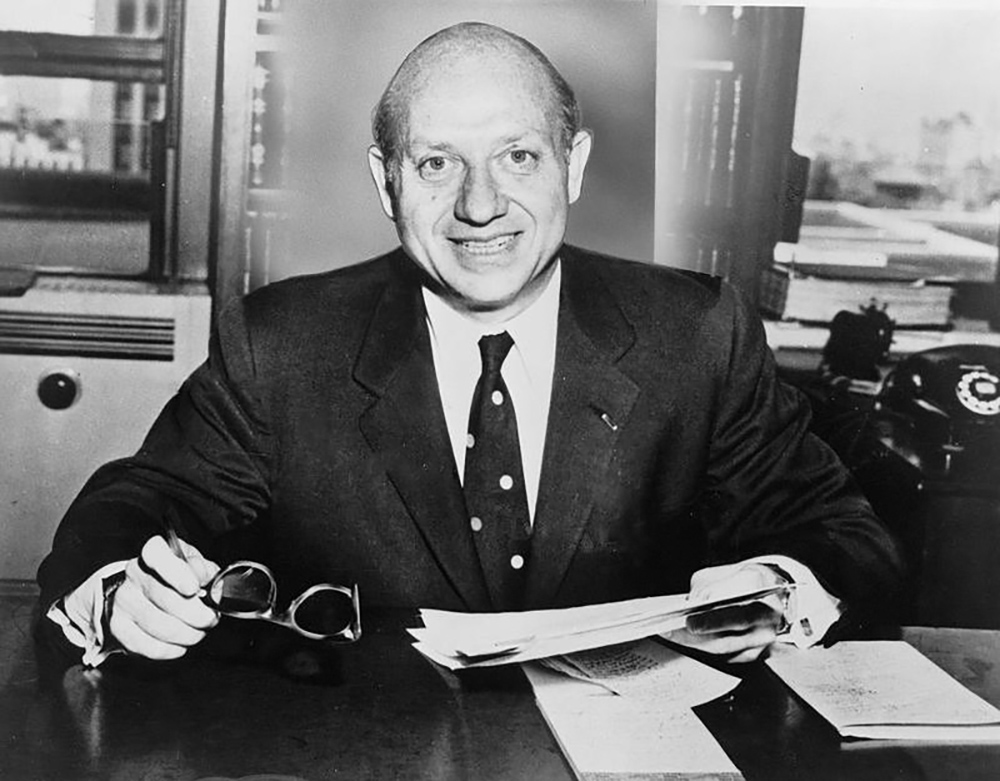By: Bruce Thornton
Fresh off their $1.9 trillion “Covid relief” pork binge for their blue-state political clients, the Dems have now set their sights on “election reform,” which is Newspeak for legalizing patent election fraud. Having passed the House, H.R. 1 is now before the Senate, and should it pass there, it will de facto disenfranchise millions of American voters. It also will launch an assault on a critical bulwark of our political freedom––the sovereignty of the 50 states that the Constitution makes responsible for running their own elections
The particulars of the legislation is a catalogue of antidemocratic horrors that will undermine the core mechanism of political accountability––one citizen, one vote; all voters on record as having personally cast their vote; and all votes counted expeditiously under bipartisan the supervision. The alternative is the chaos, last-minute rule changes, and numerous suspicious anomalies that took place last November.
The provisions of the bill point us to exactly that outcome, as the Heritage Foundation points out:
H.R. 1 would mandate same-day and automatic voter registration, and encourage vote trafficking of absentee ballots. It would eviscerate state voter ID laws and limit the ability of states to verify the accuracy of their voter registration lists. This would institutionalize the worst changes in election rules that occurred during the 2020 election. But H.R. 1 would go even further in increasing the security weaknesses inherent in the current “honor” voter registration and voting system that exists in states across the country.
As Heritage regularly documents, voter fraud is real. Yet after the January 6 protest at the capitol––preposterously called an “armed insurrection” despite not a single weapon having been seized––there was a bipartisan stampede to dismiss out of hand any possibility that the election had been compromised by fraud. To drive home the need for omerta, Donald Trump was impeached, and even seven Republicans voted with the Democrats’ patent show-trial. Yet no serious investigation was conducted to establish empirically whether or not the election was fairly decided.
What makes this negligence more galling is that H.R. 1 exists at all. If, as we keep hearing, the election was won fair and square, and there was not enough fraud to change the outcome despite the razor-thin margins in some swing states, why this bill now? Having just presumably demonstrated that fraud was negligible, why legalize the “worst changes in election rules” that will make the already substantial risk from, say, mail-in ballots, even greater?
Of course we know the answer to that question. For decades Democrats have been flogging “voter suppression” as an invented crisis for leveraging electoral advantage. Deeming in-person voter identification as “racism” was merely the banal tactic for obscuring the Dems’ real objective, which was to remove all checks on the voting process in order to multiply Democrat voters. There’s substantial evidence that, facilitated and rationalized by the virus lockdowns, it worked last November. So the natural next step is to build on that success and institutionalize in federal law these practices that guarantee voter fraud will proliferate.
Which makes one wonder why so many conservatives who criticized Trump for challenging the results, which they implied were unsullied by substantial fraud, are now complaining about this bill. Weren’t some of these same hinky practices like mail-in ballots, extended deadlines, revision of cast ballots, and ballot-harvesting widespread in November? If the election was not decided by fraud, then why not make those practices into law? Perhaps because next time the Dems won’t have a fortuitous plague to rationalize such dubious practices.
But let’s not forget the larger aim, one progressivism has been pursuing since Woodrow Wilson. The whole Constitutional architecture has been the target of those who favor concentrated and centralized power instead of the divided and balanced powers of the Constitution. The progressives dismiss the Founders’ achievement as the product of old, bankrupt ideas left behind by the progress of enlightenment and “scientific,” advances in understanding human nature and behavior. Now “experts” trained in these “sciences” are better able to govern and achieve a more efficient rule once the antique “checks and balances” of a divided government are subordinated to technocrats.
The bankruptcy of that idea has been obvious this past year with the coronavirus mitigation policies. Multiple experts were serially brought before the cameras and confidently predicted multiple conflicting “facts” about the virus and how it should be handled. At the same time, cost-benefit analyses and common sense were ignored. It wouldn’t take rocket science to figure out that locking down the world’s largest economy and its third largest population would damage livelihoods and lives, especially of the young. We know from the 2003 Great Recession how high that toll can be from the “deaths of despair” that characterize such calamities. Worse yet, the victims of the virus have been overwhelmingly the already-dying elderly, so these costs of dubious mitigation fell on those with the most to lose.
Indeed, this pandemic has been a graphic, deadly repudiation of the technocratic pretensions of our managerial elite.
But there’s a darker side to the progressive revision of the Constitution––power. The Founders were tragic realists about human nature and people’s ever-present potential to aggrandize their own or their faction’s power. They entertained no hopes for utopia or heaven on earth, but sought to guarantee political freedom and ensure that our unalienable rights are protected. What we made of that freedom and those rights would be up to us.
This imperative was necessary because of the great diversity of Colonial America. In our times “diversity” means the old, “scientific racism” version of crude, reductive categories base on superficial physical appearance or specious “cultures.” Hence the paradox of those who proclaim the importance of “diversity” ending up being the most intolerant and orthodox when it comes to different ideas and beliefs. But the diversity at the Founding was real, a consequence of diverse settlement patterns, folkway, religious beliefs, regions, and political preferences.
For those varied peoples, the states were the most significant level of government closest to them and their particular interests. The state also defended them from the concentrated power of the new federal government that always would be tempted to aggrandize power at the expense of the states, the people, civil society, and business. For the larger a power grows, the more power it seeks. Hence the need for institutional checks to protect the freedom of all.
(FrontPageMag)
Bruce Thornton is a Shillman Journalism Fellow at the David Horowitz Freedom Center.































